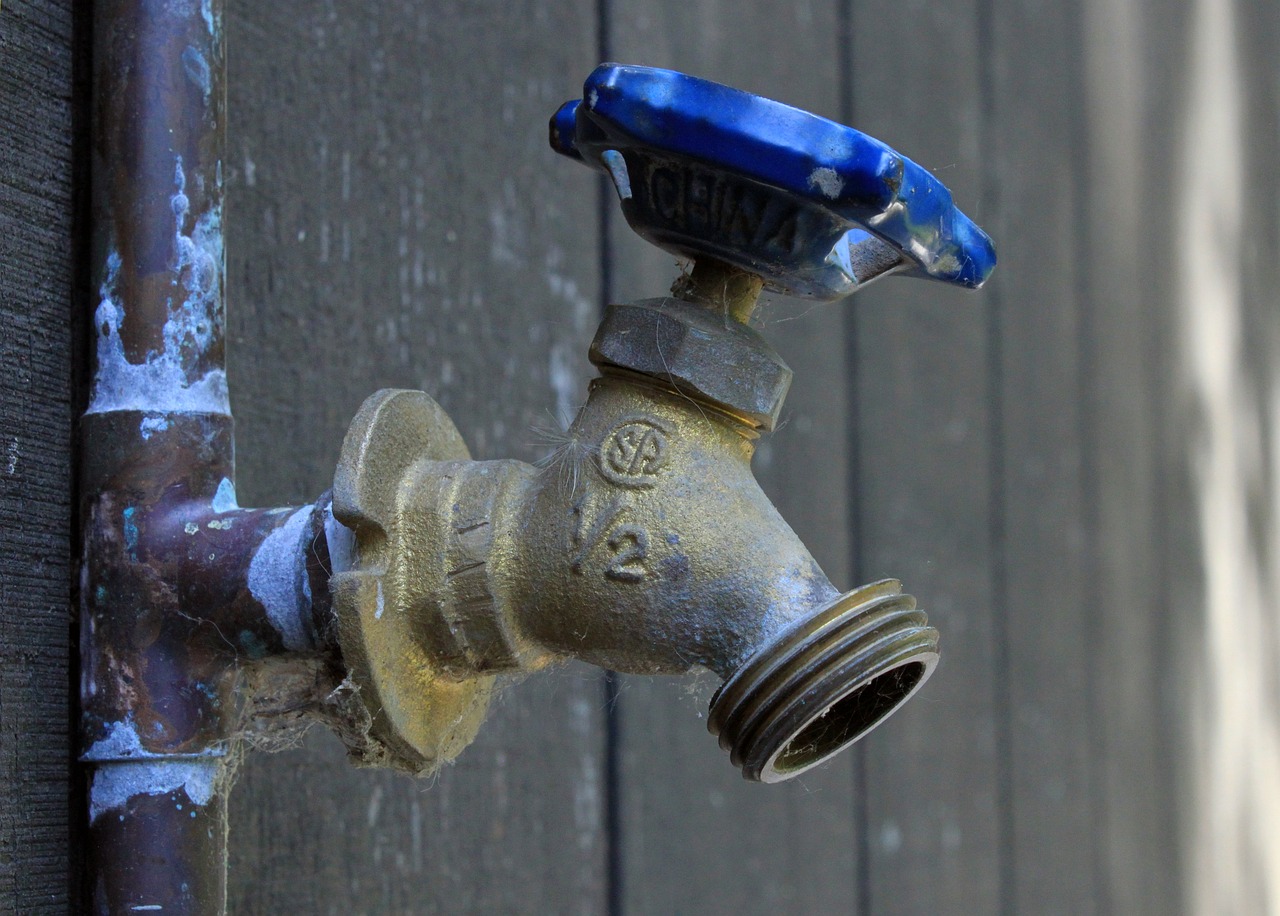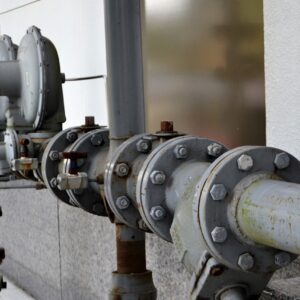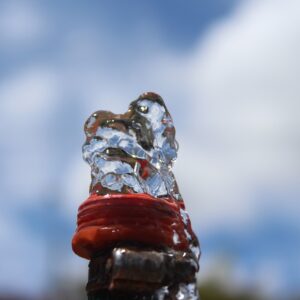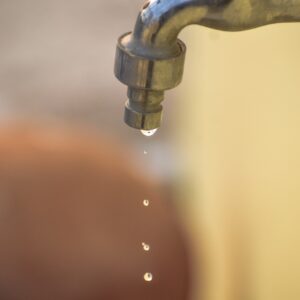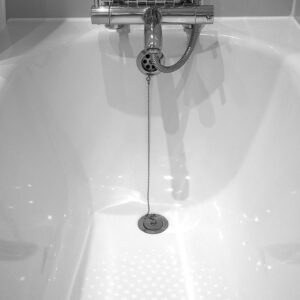Are you dealing with a water-damaged area and not sure how to properly dry it? Choosing the right equipment is crucial in effectively restoring your space.
In this article, we will guide you on how to select the appropriate tools for drying a water-damaged area.
First, you need to assess the size and scope of the damage to determine the necessary equipment.
Next, consider the power requirements to ensure your equipment can handle the task efficiently.
Functionality and features are also important factors to consider, as they can enhance the drying process.
Additionally, evaluating the noise level and portability will help you find equipment that suits your needs.
Seeking professional advice and recommendations can provide valuable insights and ensure you make informed decisions.
By following these steps, you can choose the right equipment and efficiently restore your water-damaged area.
Assessing the Size and Scope of the Damage
Assessing the size and scope of the damage is crucial in determining the best equipment to salvage your water-damaged area, so you can finally breathe a sigh of relief.
First, start by examining the affected area. Is it a small room or a larger space like a basement? This will help you determine the amount and type of equipment needed.
Next, consider the severity of the damage. Is it just a few damp spots or is the area completely flooded? This will determine the intensity of the equipment required.
Additionally, assess the materials affected. Is it just the flooring or are the walls and furniture also damaged? This will guide you in selecting the appropriate equipment that can effectively dry out all the affected surfaces.
By carefully assessing the size and scope of the damage, you can confidently choose the right equipment to restore your water-damaged area.
Understanding the Power Requirements
Understanding the power needs is crucial when determining the appropriate tools for effectively drying a wet space. Before choosing the equipment, it’s essential to consider the power requirements of the drying process.
Different types of drying equipment have varying power demands, and using the wrong equipment can lead to inefficient drying or even damage to the electrical system. To ensure that you have the right tools, start by checking the power rating of the equipment and compare it to the electrical capacity of the area.
It’s essential to ensure that the power supply can handle the equipment’s demands without overloading the circuit. If the power supply is insufficient, you may need to use multiple devices or consider renting more powerful equipment.
By understanding the power requirements, you can choose the right tools for efficient and safe drying.
Considering the Functionality and Features
When you’re looking for the perfect tools to effectively dry a wet space, take a moment to consider how the functionality and features of the equipment can make your job easier and more efficient.
Look for equipment that offers adjustable airflow and temperature controls, as this will allow you to customize the drying process based on the specific needs of the area.
Additionally, choose equipment with built-in moisture sensors, which can automatically detect when the area is fully dry and shut off the equipment to prevent over-drying.
It’s also helpful to have equipment with a built-in timer, so you can easily set and monitor the drying time.
Finally, look for equipment that is lightweight and portable, making it easier to move around and reach different areas.
By considering these functionalities and features, you can ensure that you have the right equipment to effectively dry the water-damaged area.
Evaluating the Noise Level and Portability
Consider the noise level and portability of the equipment, as you want a quiet and easily transportable option to efficiently dry the space.
When choosing equipment for drying a water-damaged area, it’s crucial to select a machine that operates quietly. This is especially important if the affected area is within a residential or office space where excessive noise can be disruptive. Look for equipment with noise reduction technology or low decibel levels to ensure a peaceful environment.
Additionally, portability is key when moving the equipment around different areas. Opt for lightweight and compact options that are easy to maneuver, allowing you to effectively dry multiple areas without straining yourself.
By considering both noise level and portability, you can select the right equipment that efficiently dries the water-damaged area while maintaining convenience and tranquility.
Seeking Professional Advice and Recommendations
To get the best results, consult with professionals who can provide you with expert advice and recommendations on the most suitable equipment for efficiently and effectively resolving the water damage in your space.
Seeking professional advice is crucial because they have the knowledge and experience to assess the extent of the damage and recommend the right equipment for your specific situation. They can help you determine the type of dehumidifiers, air movers, or fans that are needed based on the size of the area and the severity of the water damage.
Additionally, professionals can guide you on the proper placement and usage of the equipment to ensure maximum efficiency. Their expertise can save you time and money by preventing further damage and ensuring a thorough drying process.
Don’t hesitate to reach out to professionals who can provide the guidance and recommendations you need.
Conclusion
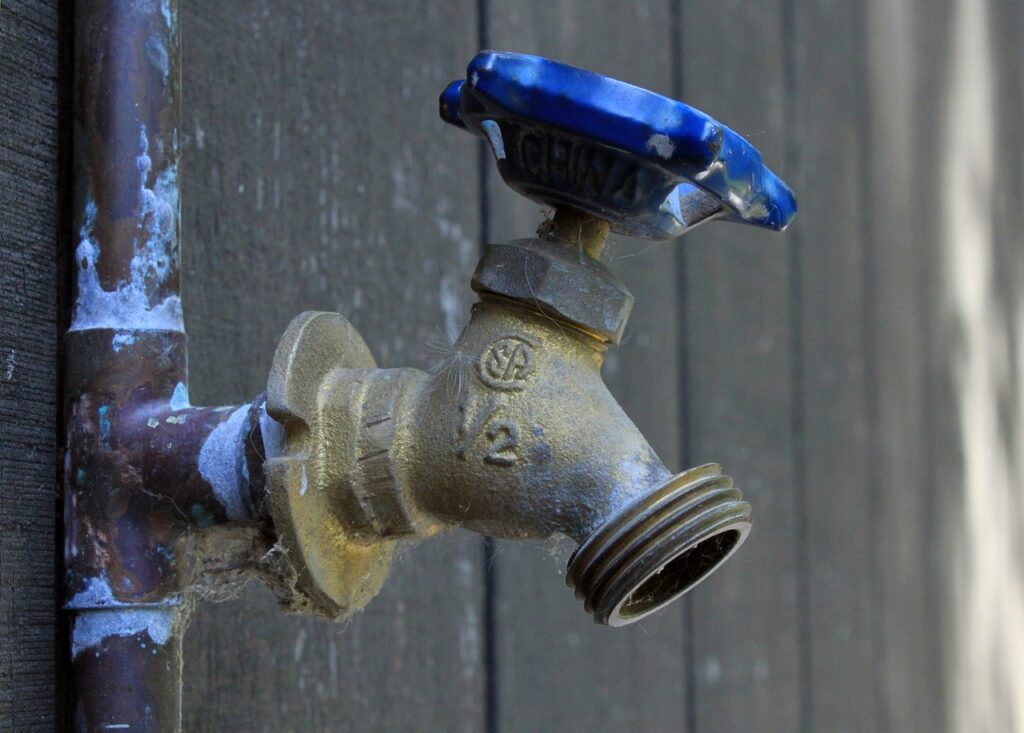
In conclusion, choosing the right equipment for drying a water-damaged area is crucial for effective restoration.
By assessing the size and scope of the damage, understanding power requirements, considering functionality and features, evaluating noise level and portability, and seeking professional advice, you can make an informed decision.
Remember to prioritize efficiency and convenience to ensure a successful drying process. With the right equipment, you can restore your water-damaged area efficiently and effectively.
